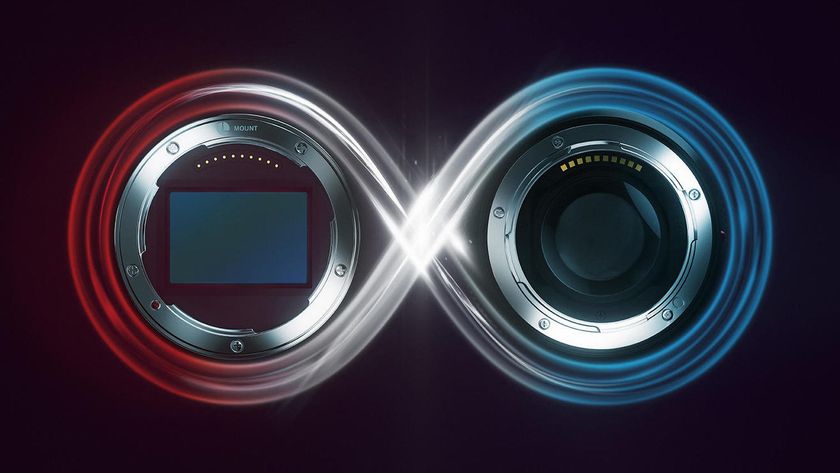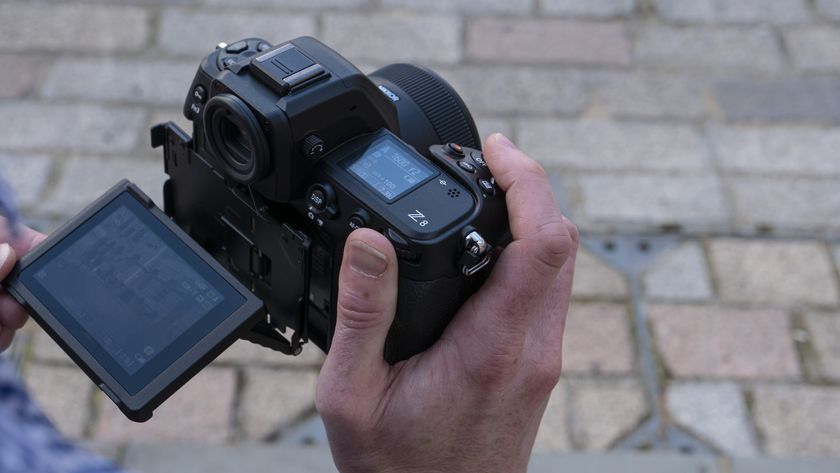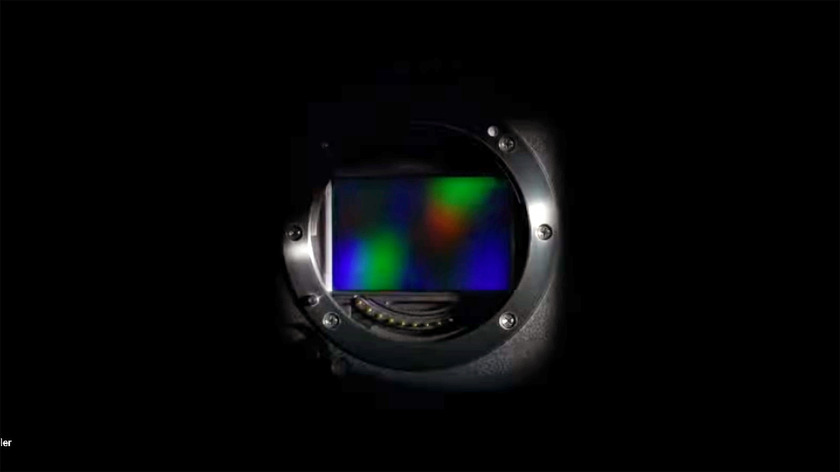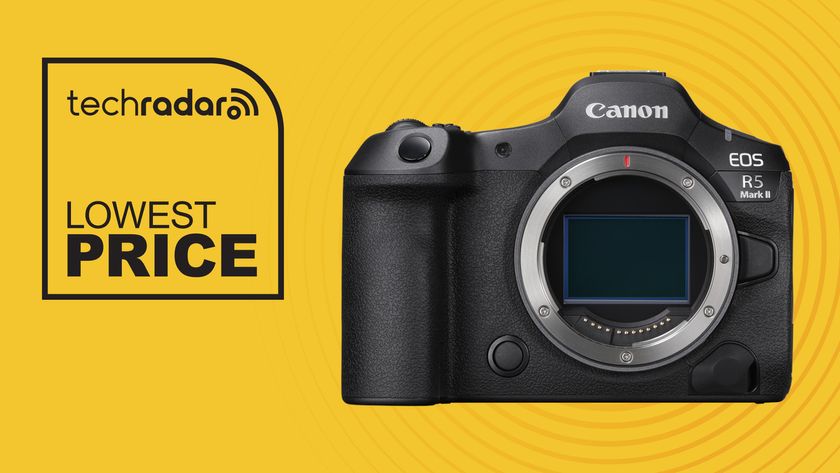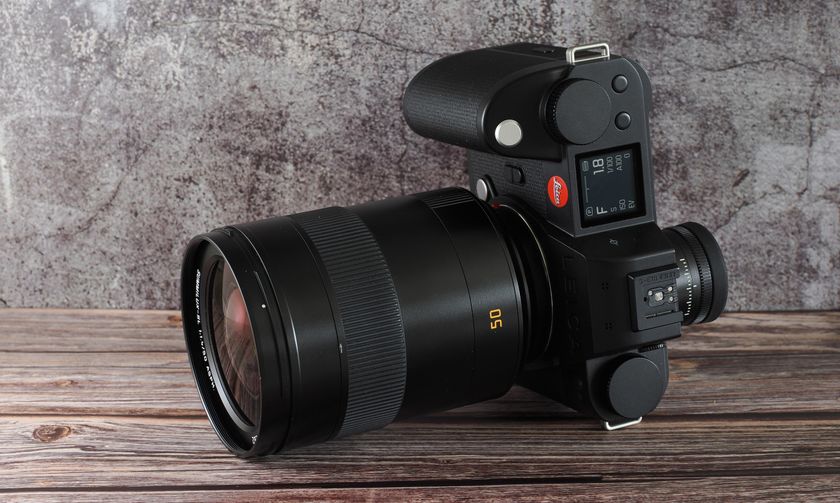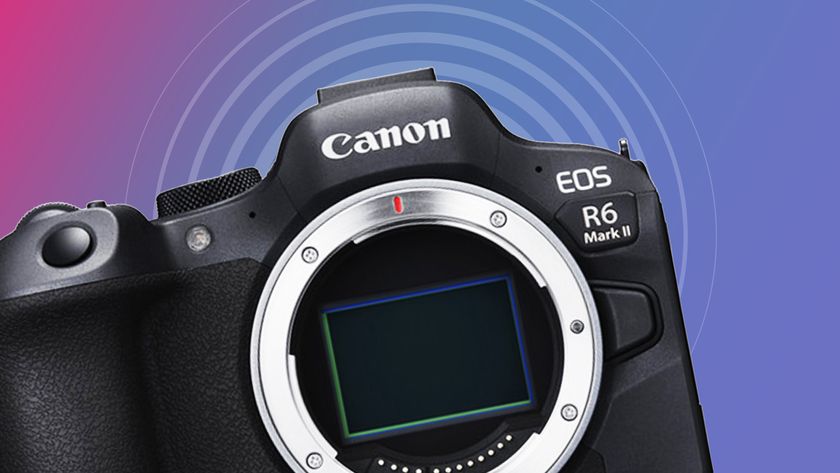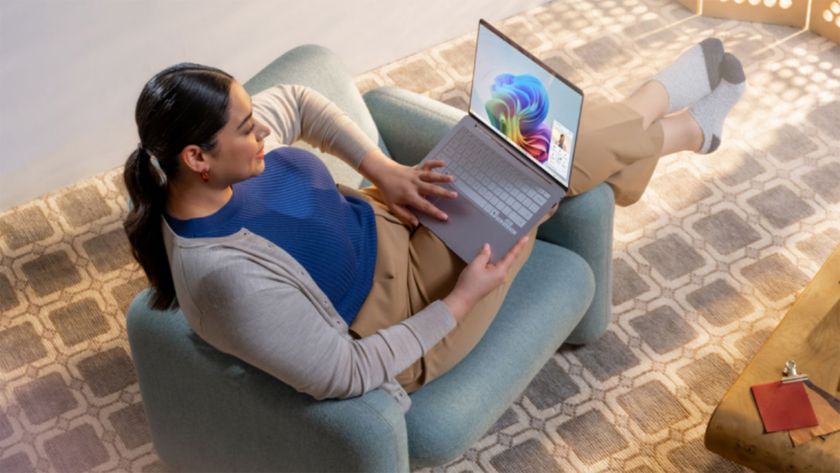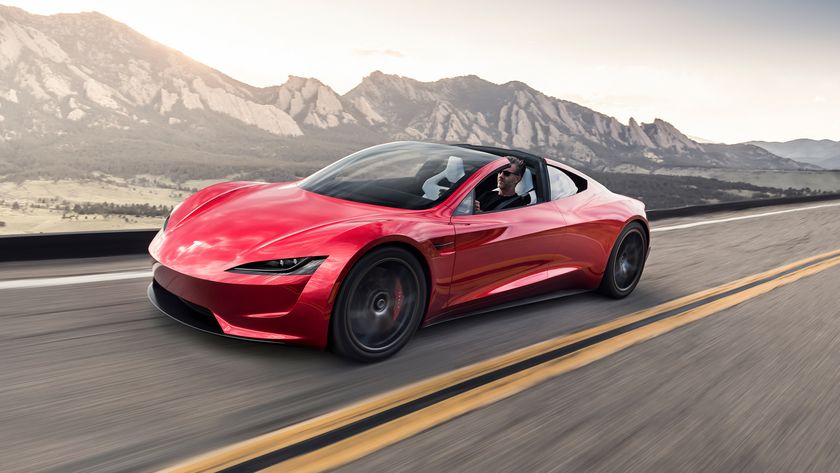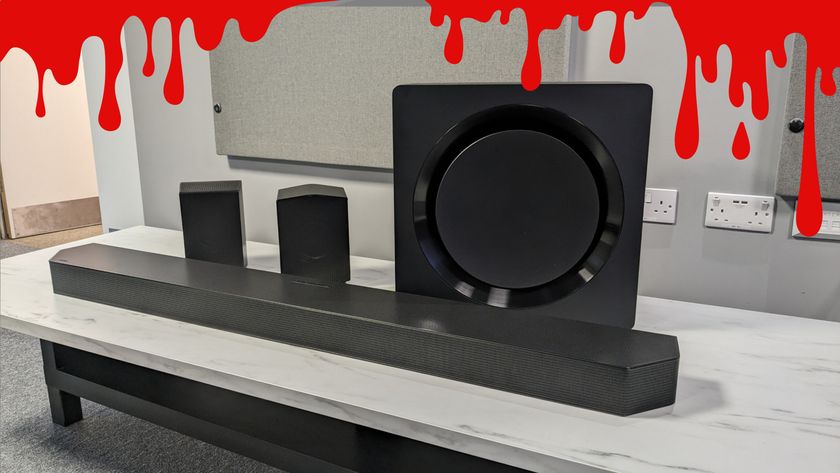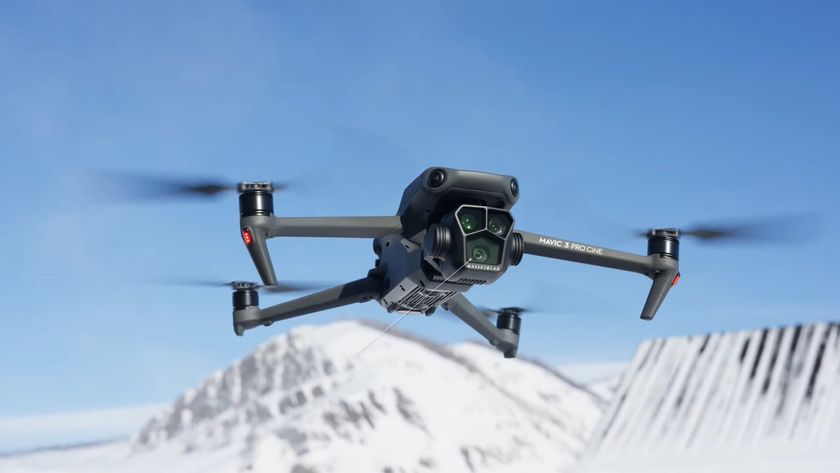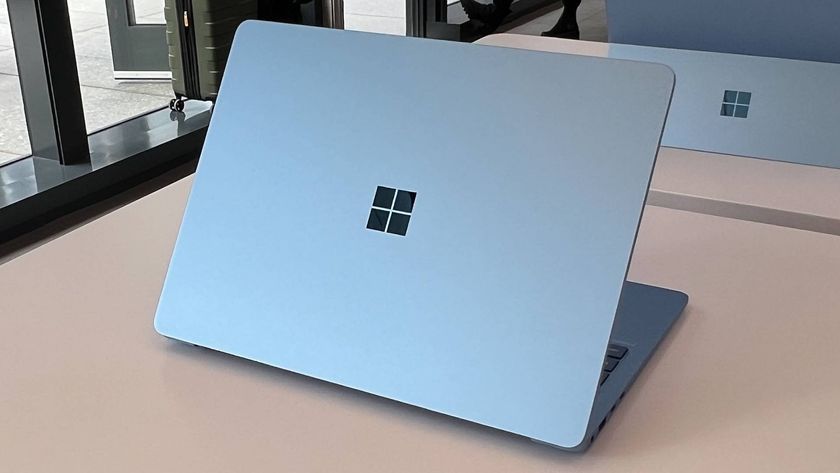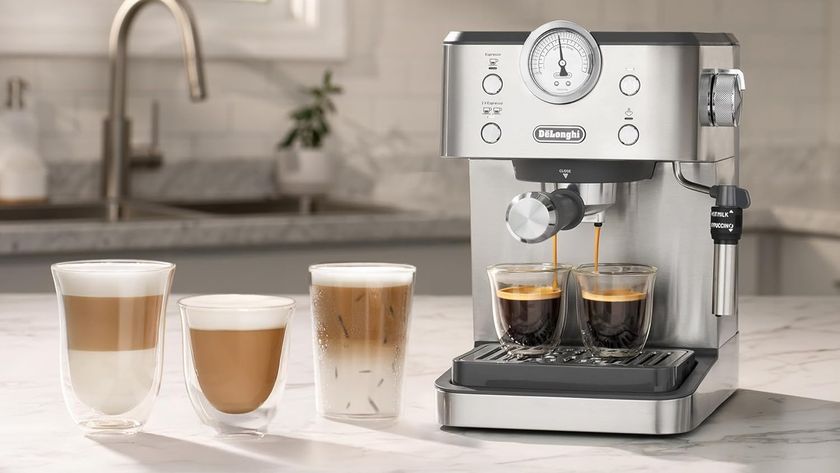How it's made: on the factory floor with the monstrous 102MP Fujifilm GFX 100
Take a squiz at how Fujifilm assembles its revolutionary 102MP behemoth
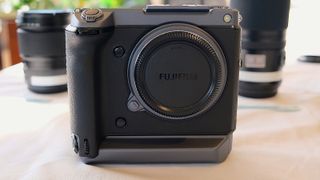
Fujifilm GFX 100
Ever since Fujifilm announced the development of a 100MP camera at Photokina in 2018, the photography world has been abuzz with excitement. The GFX 100 has now officially made its debut and Fujifilm invited the TechRadar team to its factory in Taiwa, located in the Miyagi Prefecture in Japan, to see exactly how the new high-resolution medium format snapper is made.
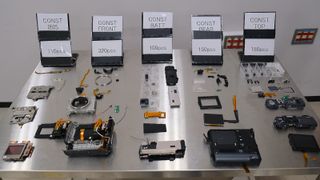
All the parts of the GFX 100
It's not easy putting together a revolutionary camera like the GFX 100. It takes hundreds of individual parts – some so tiny you'll need tweezers to pick them up – that get assembled into five sections of the camera in Fujifilm's factories around the world. Those five sections, along with spare parts and some individual bits and bobs, then get shipped to the company's Taiwa factory for the final assembly.

IBIS housing for the GFX 100
The GFX 100 is the first medium format camera to feature in-body image stabilization (or IBIS) on the sensor. Given the sheer size of that 102MP sensor – which is about 70% larger than a 35mm full frame version – Fujifilm had to build the largest IBIS housing it’s ever created in order to keep the sensor steady enough for handheld shooting.
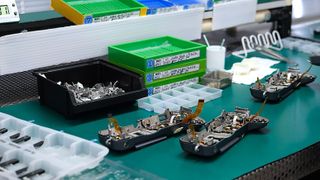
GFX 100 top plate
The slim strip that is the top plate of the GFX 100 has 180 individual parts that need to be assembled by hand. But, unlike most other Fujifilm cameras, the usual control dials are gone, having been replaced by a new Drive mode button to the left of the electronic viewfinder, and a 1.8-inch sub LCD screen to the right. This top-plate display can be set to display "virtual dials" for ISO and shutter speed, adding a whole new dimension of camera controls.
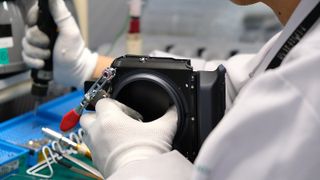
GFX 100 front panel
320 bits and bobs go into making the front panel of the GFX 100 alone. Again, Fujifilm depends on humans, not robots, to put it all together, including the lens mount ring on the magnesium alloy body, the copper contact wires and the already assembled IBIS and sensor housing.
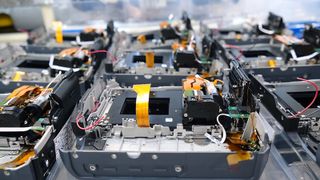
The innards of the GFX 100
With so many parts – some easy to handle, others so tiny you need a magnifying glass to see them – to put together, the employees at the Fujifilm factory have to be applauded for their dexterity. Every component is carefully placed, then checked, then checked again, before the assembled section moves on down the line.
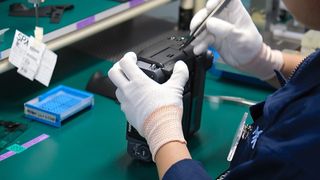
Leather binding for the GFX 100
After the back panel has been added to the assembly and the GFX 100 is just about ready for testing, it needs to be dressed up. That signature leather covering of cameras isn't easy to put on. We were told it can take a trained person up to 20 minutes to apply the leather cover over the magnesium alloy body, but from what we saw, the employees at the factory did it within a few minutes and made it look real easy.
However, a demonstration by another employee on an X-series camera made our jaws drop – she completed the process in under two minutes. We were invited to try dressing up the front of the X-series camera in leather and most of us took well over five minutes and struggled to make it look neat and tidy.
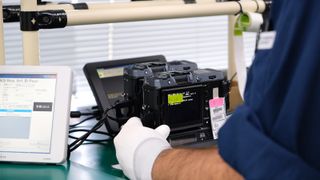
Testing the GFX 100
When it's all come together, the GFX 100 undergoes rigorous testing. If a unit fails even one test, it goes back to the assembly line to be refitted. Fujifilm is meticulous about the quality of the products it ships to customers, so much so that once it's been past the product specialist on the shop floor, the company tests random pieces again on the packaging floor.
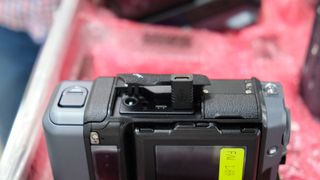
Protecting the ports
Fujifilm told us that the testing process for each GFX 100 assembled in the Taiwa factory is so rigorous, the team could easily damage the ports on the side of the camera by constantly inserting and pulling out cables. To ensure the ports remain brand new, Fujifilm uses an attachment that remains plugged into the microUSB port throughout the entire testing process to minimize port damage.
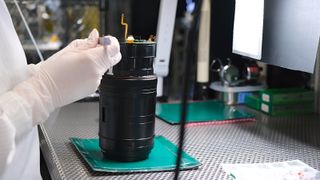
GF lens assembly
A camera is nothing without a good lens, and Fujifilm's hand-assembled GF optics are meticulously put together in a clean room. We had to wear protective clothing, covered from head to toe, and remove camera straps (to eliminate stray fibers), before being allowed entry into the GF lens shop floor. Each glass is cleaned multiple times – and some of that debris often analyzed in another part of the factory so third-party suppliers can be questioned for dirty or faulty pieces – before being assembled in the tube.
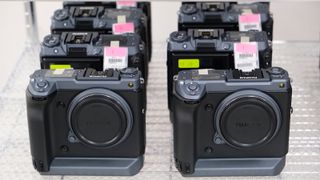
GFX 100: the finished product
Although there were many areas of the factory we weren’t allowed to photograph, it was fascinating to see the GFX 100 being assembled and tested before being sent for packaging. We got to spend a little time with one of the new prototypes at the factory, as well as the final GFX 100 at the official launch in Tokyo. You can read our initial impressions of the GFX 100 in our hands-on review – and of course, we’ll have a full, in-depth write up (and verdict) as soon as we’ve had some testing time with a final review unit.

While she's happiest with a camera in her hand, Sharmishta's main priority is being TechRadar's APAC Managing Editor, looking after the day-to-day functioning of the Australian, New Zealand and Singapore editions of the site, steering everything from news and reviews to ecommerce content like deals and coupon codes. While she loves reviewing cameras and lenses when she can, she's also an avid reader and has become quite the expert on ereaders and E Ink writing tablets, having appeared on Singaporean radio to talk about these underrated devices. Other than her duties at TechRadar, she's also the Managing Editor of the Australian edition of Digital Camera World, and writes for Tom's Guide and T3.
